The IIAS Professional Certificate in Flight Test Engineering was designed to offer a high-value certification for students interested in the profession of a test pilot or as a flight test engineer. Assembled in collaboration with the National Research Council of Canada’s Flight Research Laboratory, the IIAS Flight Test Engineering program combines expert instruction with a variety of diverse yet economical aircraft that have been modified to provide the student real-time data of flying qualities including data from an Attitude and Heading Reference System (AHRS), pitot-static information, G-loading, and ambient atmosphere information, engine qualities including RPM, Manifold pressure, and cylinder pressures and temperatures. Aircraft are further configured for demonstrations of control surface deflection, control force, flow visualization leading to and into stall, and spin recovery qualities.
IIAS maintains four aircraft in support of the Flight Test Engineering program: A Turbo Mooney M20K and a Twin-Engine Cessna 310 for performance and stability and control testing, an Extra 300L for stall and spin test demonstrations, and a Marchetti S-211 for demonstrating high-performance procedures in a turbine-engine, swept wing aircraft.











